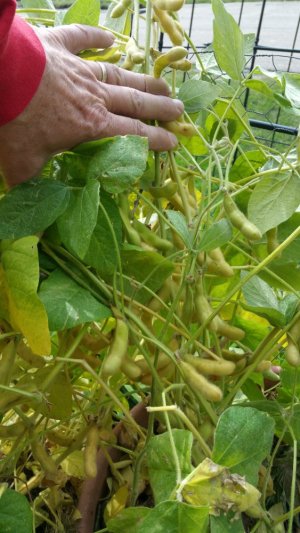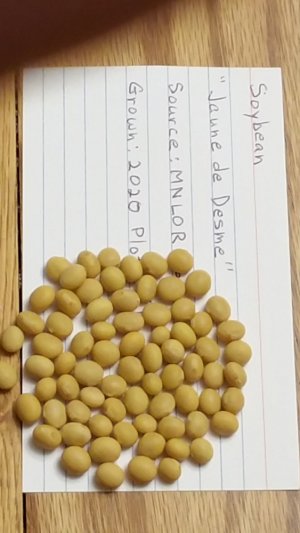Ridgerunner
Garden Master
- Joined
- Mar 20, 2009
- Messages
- 8,241
- Reaction score
- 10,112
- Points
- 397
- Location
- Southeast Louisiana Zone 9A
Now a fun one. This is one that has gone through a lot of segregations and looks like it will continue. Again I got what I'm calling TTA from a segregation in 2019. You can see the bean I planted in the middle and the four segregations it gave me.

For fall I planted TTA-1, a white bean. What did I get? Another white bean. No further segregations.

I'm going to jump to TTA-3, a mottled tan and brown bean. I got these two segregations, TTA3-A looks a fair amount like the bean I planted. TTA3-B is a darker brown.


For fall I planted TTA-1, a white bean. What did I get? Another white bean. No further segregations.
I'm going to jump to TTA-3, a mottled tan and brown bean. I got these two segregations, TTA3-A looks a fair amount like the bean I planted. TTA3-B is a darker brown.








